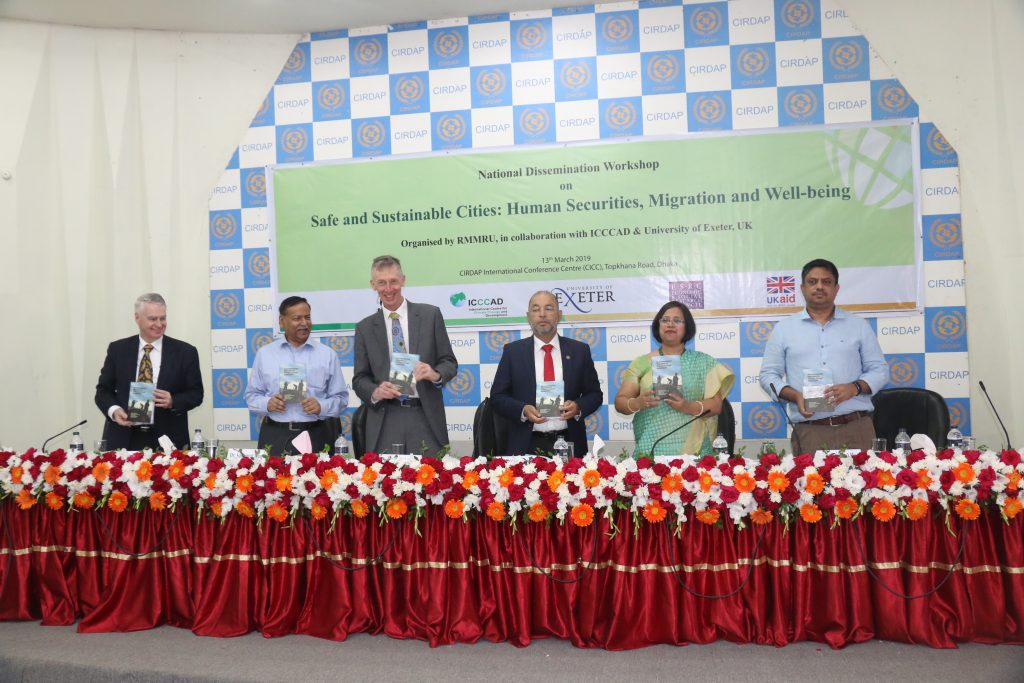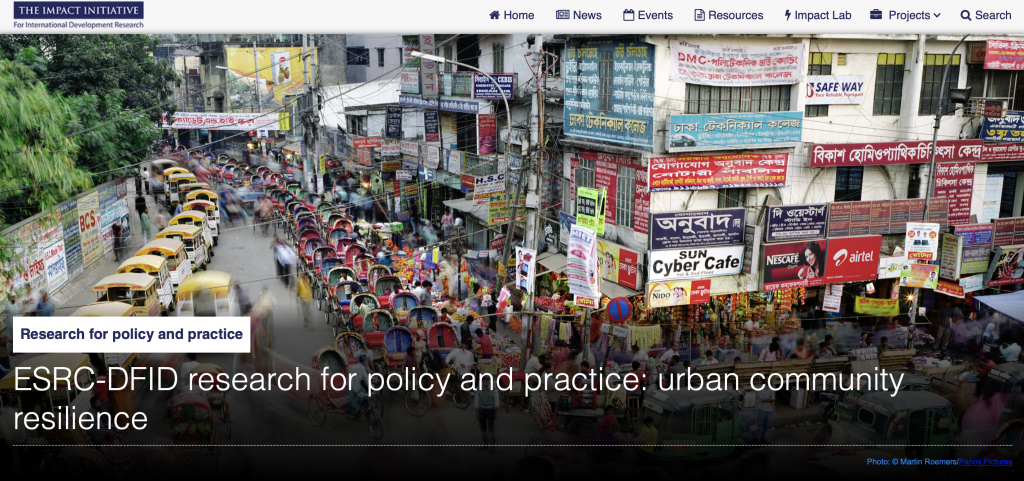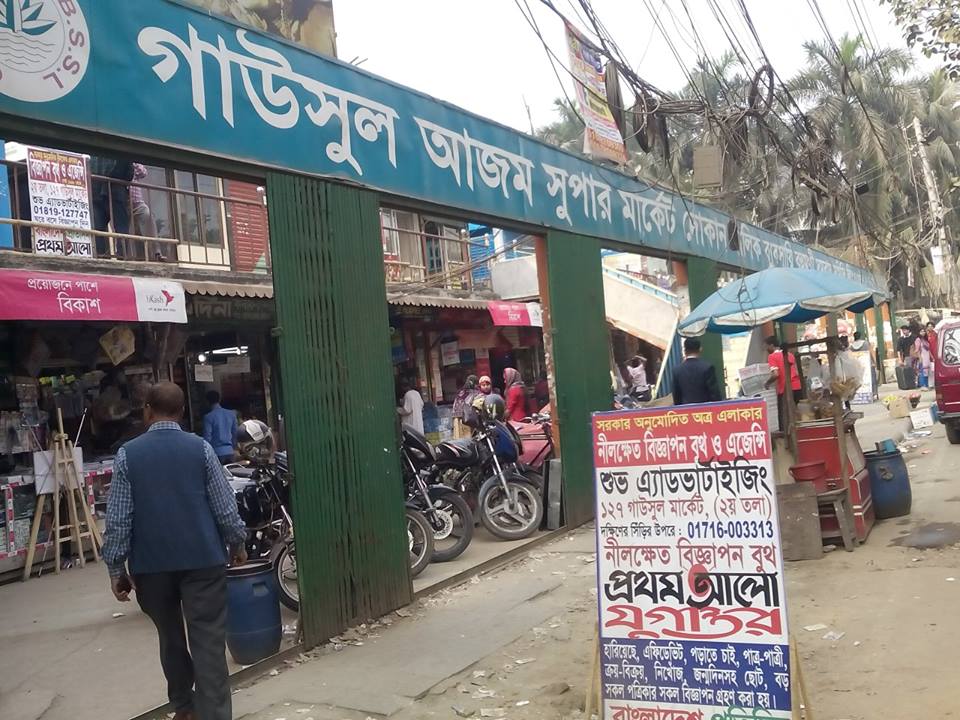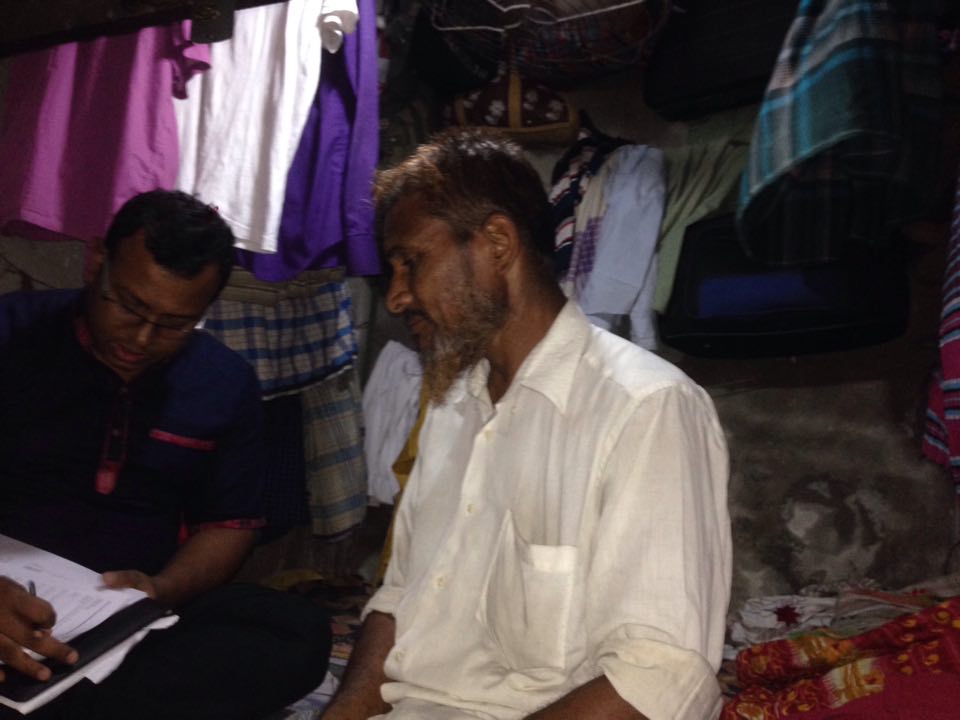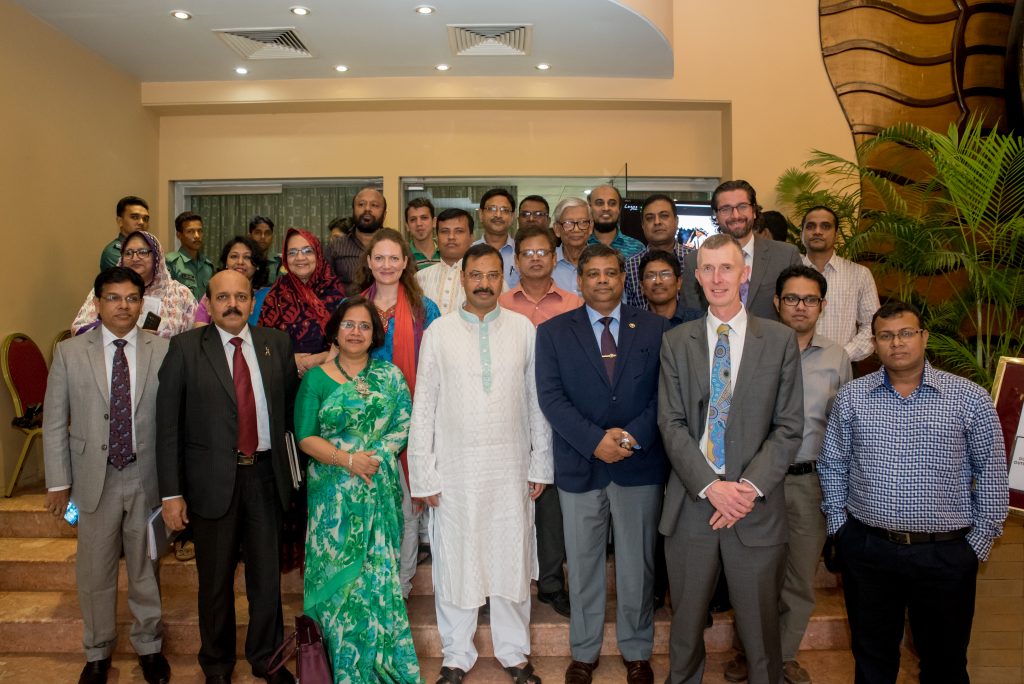Power of Partnership for impactful research
There are diverse pathways to improve migrants’ experience in large urban centres in relation to sustainability, security, integration and wellbeing. At a recent event, researchers from ESRC-DFID funded projects: Safe and Sustainable Cities: human security, migration and wellbeing (led by University of Exeter); and Supporting the Social Mobility of Trapped Populations – see also Migrants on the Margin – (led by University of Sussex) – co-hosted policy dialogues with key stakeholders in Dhaka to maximise the impact and disseminate their research findings to policy makers, practitioners, researchers, NGOs and international donors including DFID and UNICEF.
The workshop on safe and sustainable cities, jointly organised by country partners Refugee and Migratory Movements Research Unit (RMMRU) and the International Centre for Climate Change and Development (ICCCAD), attracted over 120 participants and received significant media coverage from both national and specialised media. Community leaders and migrants from Chattogram provided direct testimony of their concerns related to security and wellbeing.
The Minister for Planning, Mr MA Mannan, and the Minister for Disaster Management and Relief, Dr Enamur Rahman, emphasised the need for evidence on new migrant populations and praised the international collaboration efforts of ICCCAD and RMMRU. Other key speakers included the Chief Assistant of the General Economic Division of the Planning Commission, Mr Shimul Sen, and Chief Town Planner of Chittagong Development Authority, Mr Shaheenul Islam Khan, as well as representatives from DFID, UNICEF and others.
The second impact and dissemination activity, a Learning Hub Event with the General Economics Division of the Planning Commission, was organised by ICCCAD and brought together researchers and policy and planning officials to discuss migration in the context of planning in Bangladesh.
Food for thought: bringing lived experiences to the policy arena
Presentations by Safe and Sustainable Cities PI Neil Adger and Supporting the Social Mobility of Trapped Populations researcher Meraz Mostafa summarised the findings of the two projects. Narratives of two Chittagong Hill Tracts (CHT) migrants, who shared their lived experiences of Chattogram with the help of powerful visual images, provided food for thought and stimulated reflections from policy stakeholders present at the National Dissemination event.
Migrants’ photographs made the challenges affecting migrants in Chattogram more tangible and relatable. They spoke about everyday struggles of balancing long working hours and pursuing education to gain skills for enhanced employment and income prospects, while enduring poor housing, limited access to basic facilities, and multiple health and safety hazards characteristic of low-income neighbourhoods: “I go to a computer class after I come from work. After I come back from there, I have to cook food, but the gas supply is really poor as there is a scarcity for it. I also have to study. All this is very tough for me”.
In response, a representative of UNICEF proposed sharing these findings with the private sector, especially the garment industry, which employs many migrants in Chattogram. Mr Sen from the GED agreed that there is a need to engage the private sector in order to create sustainable cities.

Hazardous and overcrowded foot bridge during commuting hours.
Photo credit: Mr Dheeman Chakma (Chattogram migrant)
A community leader and migrant drew policy makers’ attention to the unsafe road conditions and the frequent occurrence of water logging in the neighbourhood: “you can see that the roads go under water when high tide comes, without any rain. This road is near the school and this is an everyday scenario.” Some of the low-lying low-income neighbourhoods in the vicinity of Chattogram’s Karnafuly River especially suffer from the consequences of water logging.
Dr Enamur Rahman, Minister for Disaster Management, agreed that “we are facing many challenges while providing urban facilities, including housing, water supply, sanitation and transport, to the dwellers of mega cities like Dhaka and Chattogram.” Mr Shaheenul Islam Khan from CDA stressed that “while planning for cities, it is important to keep accommodation arrangement for people in accordance to their place of work.” Housing should be integral to industries; they should provide accommodation to their employees. Additionally, discussants voiced that at the moment, the resilience of residential homesteads is not considered in current planning and design. This is only of concern for public dwellings.
Challenges and opportunities in urban planning
Participants at the events were unanimous about the urgent need for sustainable solutions as urban population continues to increase, mainly driven by climate change and economic factors. Ministers were keen to emphasise existing initiatives that should hopefully, with time, address some of the issues raised by the two projects. Dr Rahman highlighted that “the current government is doing its best to provide education and health services to all industrial workers including those engaged in garments sector.” Mr Mannan agreed, and added that “in the last 10 years, we could manage to bring changes to many things in our country. The country’s people want better cities, better water supply and we are trying to fulfil their basic rights.” However, Mr Sen pointed out that while indeed there are already several policies in place, many lack implementation due to a lack of coordination between different ministries. He went on to argue that improving coordination will be a key first step towards achieving Sustainable Development Goals (SDGs) and addressing existing urban challenges.
Towards sustainable cities
Participants discussed several pressing concerns which have important implications for meeting SDGs, in an effort to explore pathways to improve urban governance towards sustainability. Migration to large urban centres in Bangladesh will continue, with some projections suggesting that around 26 million people will move from their places of origin by 2050. The Planning Minister Mr Mannan, in his concluding remarks, highlighted that internal migration has been a key feature of the urbanisation process in the country. “We can’t stop it. We would like to help make better towns.”
Regarding the impact of research from both projects, the Minister for Planning stated that the Bangladesh government is ready to welcome policy-level contributions from international collaborations, with the ultimate goal of improving sustainability and urban governance. “We would like to coordinate, and change things so that at the end of the day, city dwellers, new migrants, [and] old migrants… can live in peace,” he added. Lessons that emerged from research findings and discussions will be relevant for development of policy that accounts for the urban challenges faced by new migrant populations in the country.
Research for policy and practice
Direct engagement with policy makers and practitioners was key to maximise research uptake. The Learning Hub Event at GED provided a platform to demonstrate the policy relevance of the work conducted by the Safe and Sustainable Cities team. Discussions at the LHE suggest a number of lessons for policy and practice around complex socioeconomic and environmental challenges affecting security and wellbeing of urban populations in rapidly growing cities of Bangladesh. Speaking to these challenges, Mr Minhaj Mahmud, division chief of GED and chair of the event, highlighted the importance of the findings to develop interventions and policies to address urban sustainability challenges and suggested further engagement with researchers from ICCCAD, RMMRU, Exeter and Sussex for input towards Bangladesh’s 8th Five Year Plan (from 2021 to 2026).
Credits
This article was written by: Ricardo Safra de Campos, University of Exeter; Lucy Szaboova, University of Exeter; Neil Adger, University of Exeter; Tasneem Siddiqui, University of Dhaka and RMMRU; Saleemul Huq, ICCCAD; Michael Collyer, University of Sussex.
